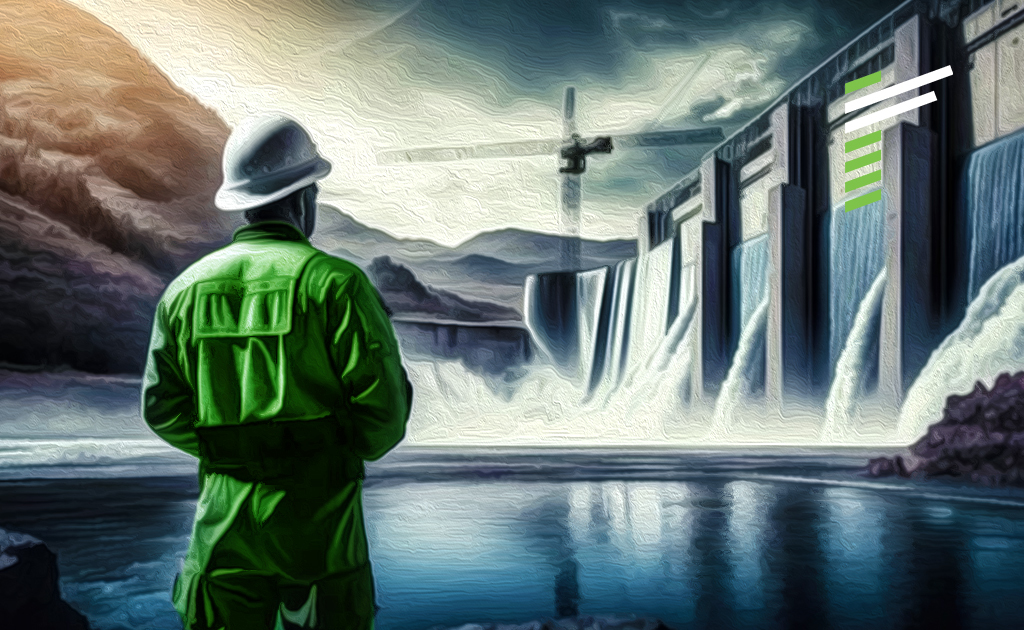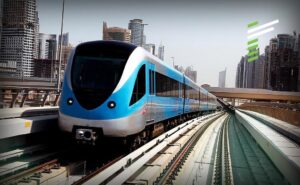INTRODUCTION
The hydroelectric industry, which generates electricity using the power of moving water, is a significant player in the global energy sector. Effective maintenance and management are key success factors for hydroelectric power plants.
As with any other type of power plant, hydroelectric facilities require regular maintenance and management to ensure they operate at peak efficiency, so that they can continue to generate power reliably and sustainably over the long term as a vital source of clean and renewable energy.
Our Client is a Peak Electricity provider for the National Energy Market in Australia. Primarily a Financial Risk Management company, it has a different business model than other power generators. The Company owns and operates a 3950 megawatt (MW) integrated water and hydro-electric power project and two gas fired power stations with a total output of 620MW.
THE CHALLENGE
Renoir was invited to identify opportunities to increase the available MW generation hours of the hydro and gas units to take advantage of spot market pricing. The challenge was to create a uniform Management Control System across the powerplants and improve maintenance planning and review processes, and decrease the duration of planned outage maintenance activities.
PROJECT APPROACH & OPPORTUNITY ANALYSIS
The project was governed by the client via Management Action Teams (MATs) and a Steering Committee, who were charged with the responsibility of ensuring that the project developed and delivered sustainable solutions.
During the Focus Process™, role observations, inventory studies, sequence questionnaires and work order studies were carried out, highlighting opportunities in the following areas:
1
2
3
4
5
6
7
IMPLEMENTATION
A Management Control System (MCS) was implemented in the business. The role of a Management Control System (MCS) is to help achieve strategic goals by providing a structured approach to managing operations and resources.
It provides managers with timely and accurate information about the organization’s performance and helps the Client enforce daily, weekly and monthly KPI reviews, with investigations and actions generated to address any exceptions. The MCS creates consistent measurements in each region, allowing for central control.
The following solutions were developed in response to the opportunities identified during the Focus Process™:
1
2
3
4
5
6
7
8
These solutions were developed and implemented with the collaboration of the MATs, the Steering Committee, various operational stakeholders, and departments.
Involving all stakeholders in solution development leads to more effective implementation outcomes. Staff members provide valuable insights into potential solutions. It increases engagement and ownership of the solution, leading to a more productive and successful implementation and a stronger, more collaborative workplace.
The Client was supported throughout the implementation phase to ensure that full adoption of the new ways of working was measured and achieved.
KEY RESULTS
Working with the Client, Renoir achieved the following results at the end of the project:
32%
Average reduction of Class 1,2 & 3 Outage durations through installation of Critical Path Mapping
55% to 84%
Increase in Monthly Plan Attainment
2% to 13%
Increased Active Supervision
80% to 98%
Increase in Stock Accuracy
Production efficiencies improved by
26%
Production efficiencies improved by
26%
Ellipse training across all regional employee levels
Ellipse training across all regional employee levels
Lorem ipsum dolor sit amet, consectetur adipiscing elit. Ut elit tellus, luctus nec ullamcorper mattis, pulvinar dapibus leo.
CONCLUSION
In conclusion, the Client and Renoir collaboration improved processes, procedures, roles, and responsibilities of the planning and maintenance functions, and achieved impressive results.
This successful transformation program enabled the Client to decrease its outage hours. The implementation of best market practices for maintenance in a structured way achieved sustainable improvements with full adoption. In addition, the Client now has all the tools to manage and continuously improve their operations.
The substantial increase in operational excellence has made a major contribution in supporting the company in a competitive industry.










